Beast Mode Activated
These machines pack enough raw power to make seasoned drivers sweat and enough torque to turn tires into smoke. After all, even the most skilled drivers think twice before getting these cars on the open road.
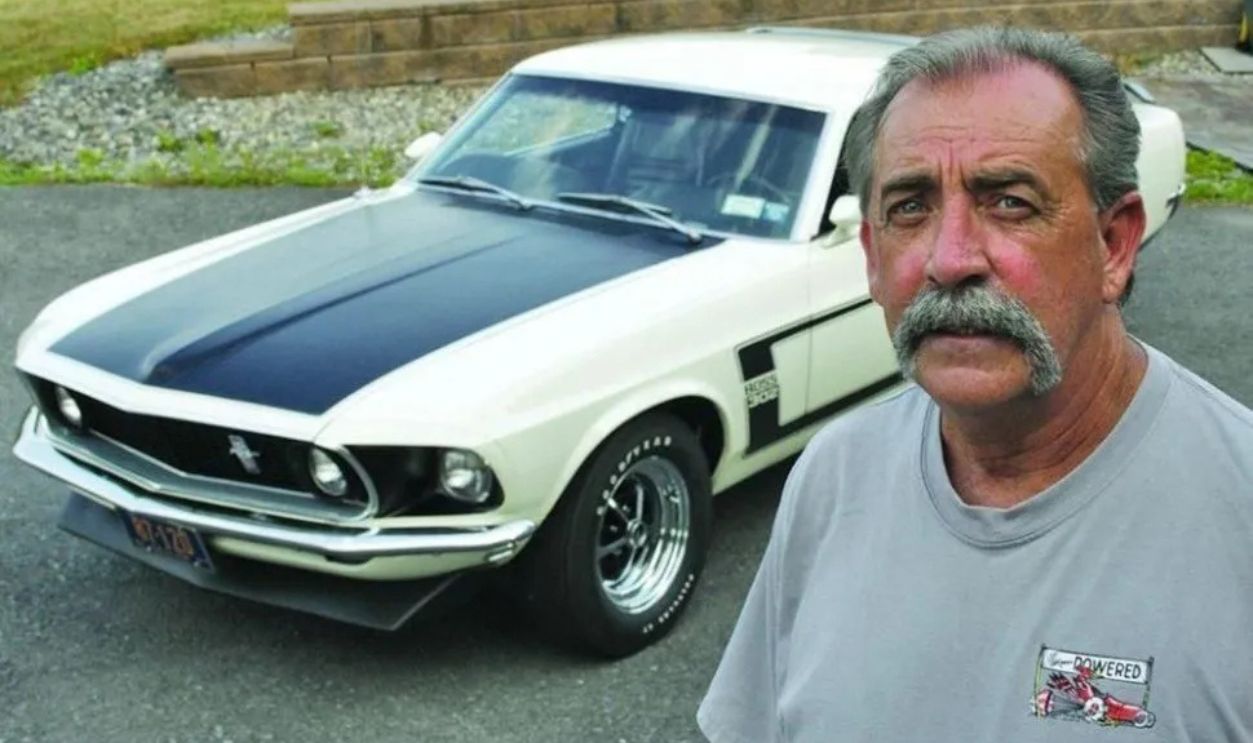
Ford Mustang Boss 302
The Boss 302 packs a punch with its 5.0-liter V8 engine, cranking out 444 horsepower and 380 lb-ft of torque. Thanks to that strong engine, it can zip up to 60 mph in about 4.4 seconds, and it covers a quarter mile at 114 mph in about 12.4 seconds.
 GPS 56, CC BY 2.0, Wikimedia Commons
GPS 56, CC BY 2.0, Wikimedia Commons
Ford Mustang Boss 302 (Cont.)
Compared to the ordinary Mustang GT, the Boss 302 has a highly modified suspension system and a rear-wheel-drive setup. However, the car's powerful engine can tend to overwhelm the chassis, particularly in high-speed situations or during sharp turns.
 Sicnag, CC BY 2.0, Wikimedia Commons
Sicnag, CC BY 2.0, Wikimedia Commons
1967 Shelby GT500
The 1967 GT500 was driven by a big 428 cubic inch (7.0-liter) V8 engine, known as the Cobra Jet engine, which churned out around 360 hp. Typically, it came with a 4-speed manual transmission and featured a sleek 2-door fastback coupe design.
 Sicnag, CC BY 2.0, Wikimedia Commons
Sicnag, CC BY 2.0, Wikimedia Commons
1967 Shelby GT500 (Cont.)
Compared to contemporary vehicles, the 1967 GT500 lacked modern safety technologies such as electronic stability control, anti-lock braking systems (ABS), and advanced airbag systems. But anyway, its interior had power steering and power disc brakes.
 Sicnag, CC BY 2.0, Wikimedia Commons
Sicnag, CC BY 2.0, Wikimedia Commons
1970 Dodge Challenger R/T
The Challenger R/T featured a sleek, aggressive design typical of muscle cars from this era. It was available as both a hardtop and convertible. It could go from 0 to 60 mph in about 5.5 seconds, with a quarter-mile time of approximately 13.9 seconds at 105 mph.
 Jeremy, CC BY 2.0, Wikimedia Commons
Jeremy, CC BY 2.0, Wikimedia Commons
1970 Dodge Challenger R/T (Cont.)
Inside, there was a Rallye instrument cluster featuring a 150 mph speedometer and an 8,000 rpm tachometer. The Challenger R/T came with the 426 HEMI V8, which produced 425 horsepower. This immense power allowed for rapid acceleration and scary high speeds.
 1970 Dodge Challenger R/T HEMI Muscle Car Of The Week Video #10 by MuscleCarOfTheWeek
1970 Dodge Challenger R/T HEMI Muscle Car Of The Week Video #10 by MuscleCarOfTheWeek
2018 Dodge Challenger SRT Demon
With a great power output, The SRT Demon was fitted with a supercharged 6.2-liter HEMI V8 engine. It pumped out 808 horsepower on premium fuel and up to 840 horsepower when using race fuel. It could reach 60 mph 0-60 mph in as little as 2.3 seconds.
 Calreyn88, CC BY-SA 4.0, Wikimedia Commons
Calreyn88, CC BY-SA 4.0, Wikimedia Commons
2018 Dodge Challenger SRT Demon (Cont.)
While the Demon had advanced suspension and rear-wheel drive, the combination of high torque (up to 770 lb-ft) and the car's weight distribution could result in handling problems. It also featured a complex launch control system that needed precise execution.
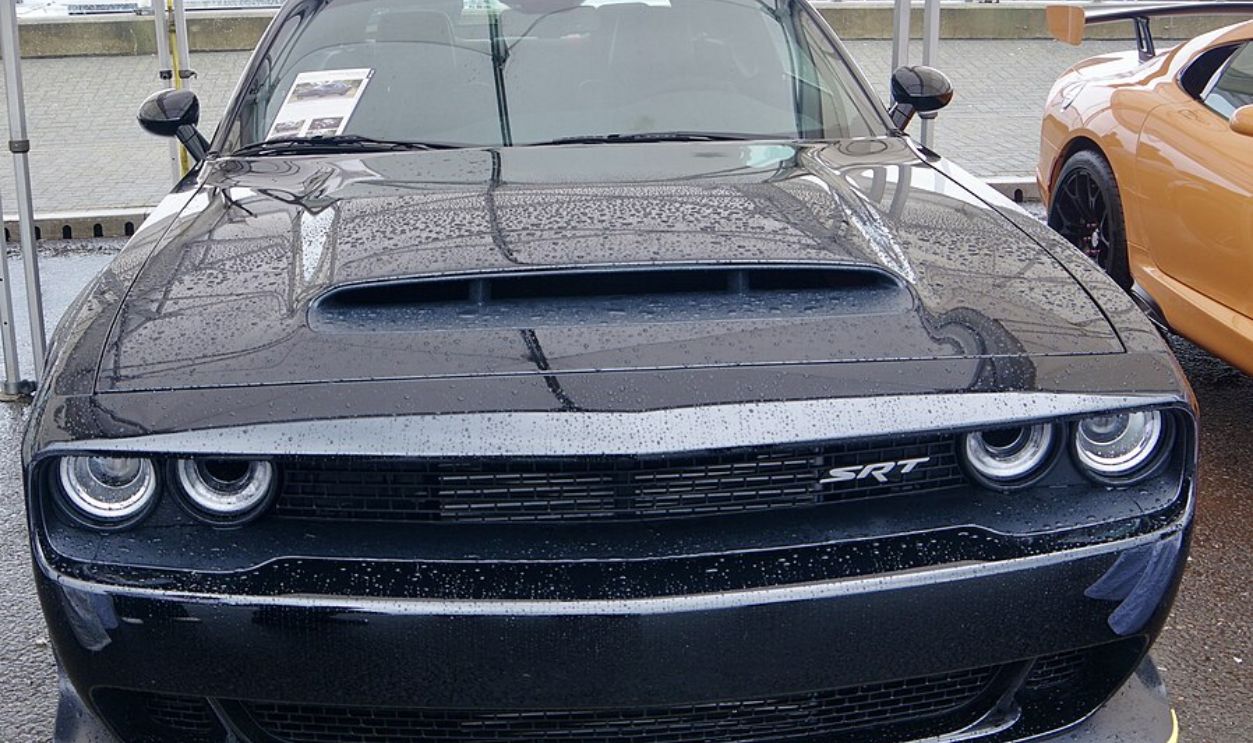 David Merrett from Daventry, England, CC BY 2.0, Wikimedia Commons
David Merrett from Daventry, England, CC BY 2.0, Wikimedia Commons
1971 Plymouth Road Runner
This beast was available with several powerful engine options, that made it a formidable contender in the muscle car market. One was the 383 cu in (6.3 L) V8 engine that produced 335 horsepower at 4,800 RPM and 425 lb-ft of torque.
 Sicnag, CC BY 2.0, Wikimedia Commons
Sicnag, CC BY 2.0, Wikimedia Commons
1971 Plymouth Road Runner (Cont.)
Basically, this one had a rear-wheel-drive layout, which could result in oversteer if not managed properly. The car's lack of crumple zones and other safety innovations also increased the risk of injury in the event of an accident.
 Greg Gjerdingen, CC BY 2.0, Wikimedia Commons
Greg Gjerdingen, CC BY 2.0, Wikimedia Commons
1987 Buick GNX
The GNX came with a Garrett T3 turbocharger and an intercooler, which boosted its performance. It was matched up with a 4-speed Turbo-HydraMatic 200-4R automatic transmission and could complete a quarter-mile in the low 13-second range.
 Buick Grand National Experimental Review // The Demon Of The ‘80s by Throttle House
Buick Grand National Experimental Review // The Demon Of The ‘80s by Throttle House
1987 Buick GNX (Cont.)
The turbocharged engine of this car introduced a phenomenon known as turbo lag, where there was a delay between pressing the accelerator and the engine delivering full power. This could cause unpredictable acceleration with a car that could reach 60 mph in 4.7 seconds.
 Greg Gjerdingen, CC BY 2.0, Wikimedia Commons
Greg Gjerdingen, CC BY 2.0, Wikimedia Commons
Shelby Cobra Super Snake
A 427 cubic inch (7.0L) V8 engine with dual Paxton superchargers powers the Super Snake. It generates about 800 horsepower and a three-speed automatic transmission. Tragically, one Super Snake owned by Bill Cosby was involved in a fatal accident.
 FIRST LOOK - 1966 Shelby "Super Snake" 427 Cobra - BARRETT-JACKSON by Barrett-Jackson
FIRST LOOK - 1966 Shelby "Super Snake" 427 Cobra - BARRETT-JACKSON by Barrett-Jackson
Shelby Cobra Super Snake (Cont.)
In January 2007, Carroll Shelby's personal 1966 Cobra Super Snake sold for a record-breaking $5.5 million at the Barrett-Jackson Collector Car Auction. It could literally reach 165 mph, making it one of the fastest street-authorized cars of its time.
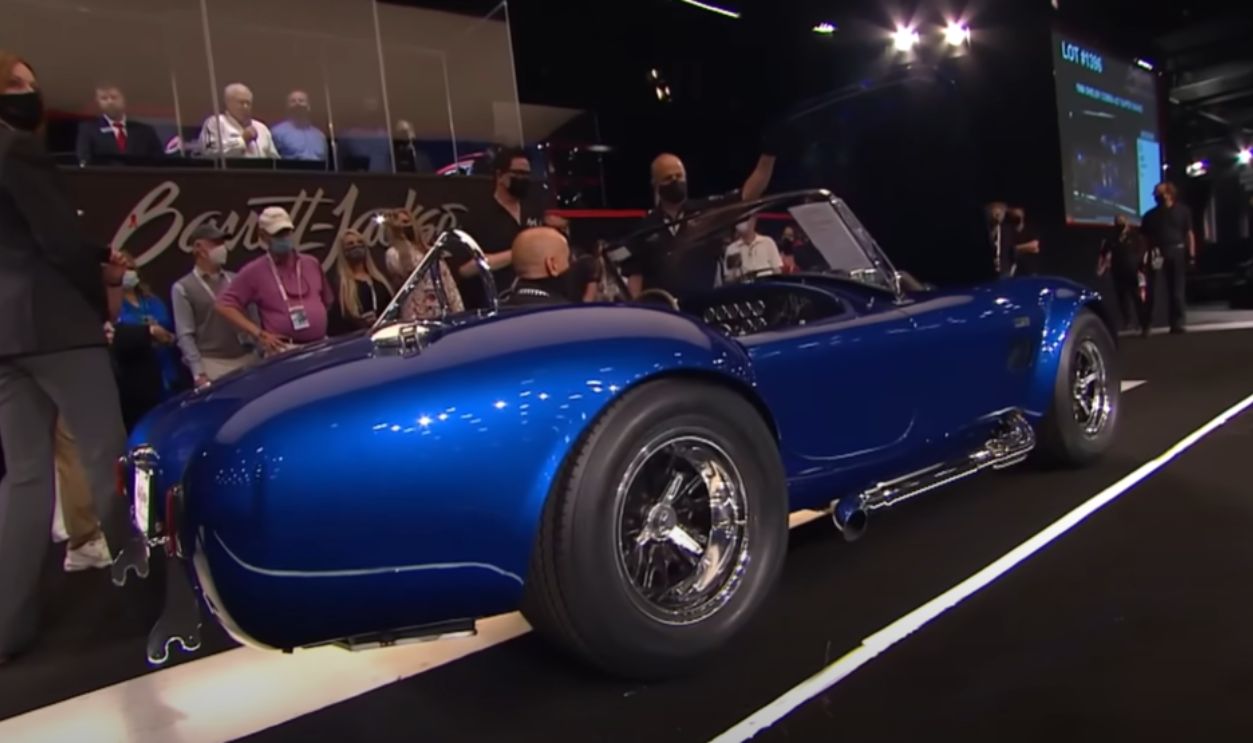 SOLD! - Carroll Shelby's Super Snake - BARRETT-JACKSON 2021 SCOTTSDALE AUCTION by Barrett-Jackson
SOLD! - Carroll Shelby's Super Snake - BARRETT-JACKSON 2021 SCOTTSDALE AUCTION by Barrett-Jackson
First-Generation Dodge Viper
Often called the "widowmaker" due to its raw power and challenging handling characteristics, this automobile was produced from 1992 to 1995. It had a strong 8.0-liter V10 engine that pumped out 400 horsepower and massive low-end 465 lb-ft of torque.
First-Generation Dodge Viper (Cont.)
The design doesn't have fancy crumple zones or airbags, and it's also missing traction control and ABS. The car's total curb weight is about 3,285 lbs (1,490 kg), with a tubular steel frame and fiberglass body panels.
 The Original 1992 Dodge Viper Was a Ridiculously Basic, Dangerous Sports Car by Doug DeMuro
The Original 1992 Dodge Viper Was a Ridiculously Basic, Dangerous Sports Car by Doug DeMuro
1970 Ford Torino Cobra
So, this 1970 masterpiece was available as a 2-door SportsRoof coupe, with its curb weight ranging between 3,587 lbs to 3,935 lbs (1,627 kg to 1,785 kg) depending on the configuration. It could easily accelerate from 0 to 60 mph in 5.8 seconds (approx.).
 Caprice 96, CC BY-SA 3.0, Wikimedia Commons
Caprice 96, CC BY-SA 3.0, Wikimedia Commons
1970 Ford Torino Cobra (Cont.)
Its quarter-mile time of around 14.0 seconds at 101 mph showcased its competitive edge in drag racing. However, the combination of high torque and a relatively heavy chassis brought handling challenges. The 429 cubic inch V8 engine produced 360 horsepower.
1970 Chevelle SS 454
This Chevelle was equipped with a formidable 454 cubic inch (7.4-liter) V8 engine, which was available in two configurations: the LS5 and the LS6 engine. The LS6 was a high-performance variant that offered 450 horsepower and 500 lb-ft of torque.
 BUTTON74, CC BY-SA 4.0, Wikimedia Commons
BUTTON74, CC BY-SA 4.0, Wikimedia Commons
1970 Chevelle SS 454 (Cont.)
Both options were paired with a 4-speed manual transmission, while the car was approximately 197.2 inches in length. But, lack of modern safety features, high power output, and handling challenges, made it one of those dangerous cars.
 RL GNZLZ, CC BY-SA 2.0, Wikimedia Commons
RL GNZLZ, CC BY-SA 2.0, Wikimedia Commons
1973 Pontiac Firebird Trans Am SD-455
Reportedly, the Firebird Trans Am had a rear-wheel-drive layout with an upgraded suspension system that included unequal A-arm wishbones with coil springs and telescopic shocks in the front. It also had semi-elliptical leaf springs.
 Sicnag, CC BY 2.0, Wikimedia Commons
Sicnag, CC BY 2.0, Wikimedia Commons
1973 Pontiac Firebird Trans Am SD-455 (Cont.)
Now, the SD-455 engine produced nearly 290 to 310 horsepower, depending on the specific configuration, which was quite high. The incredible torque (around 395 lb-ft) could also lead to loss of traction, especially during aggressive starts.
 americancar, Wikimedia Commons
americancar, Wikimedia Commons
1970 Pontiac GTO Judge
This one was equipped with many engine options, but the most notable was the 400 cu in (6.6 L) V8. It delivered 366 horsepower with the Ram Air III option and 370 horsepower with the Ram Air IV option. These engines brought crazy acceleration and performance.
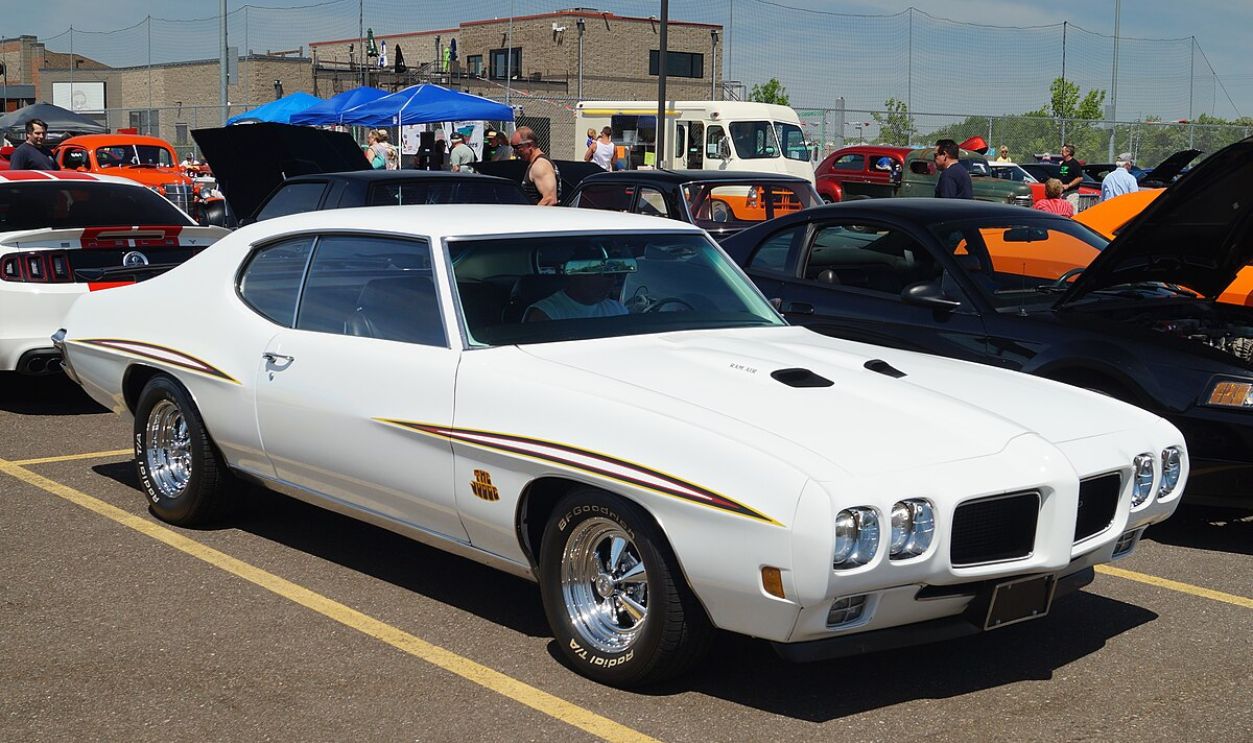 Greg Gjerdingen from Willmar, USA, CC BY 2.0, Wikimedia Commons
Greg Gjerdingen from Willmar, USA, CC BY 2.0, Wikimedia Commons
1970 Pontiac GTO Judge (Cont.)
Buyers could choose between a 4-speed manual transmission or a Turbo-Hydramatic automatic transmission. Reportedly, the 1970 GTO Judge came with four-wheel drum brakes, which were often criticized for being inadequate during high-speed driving.
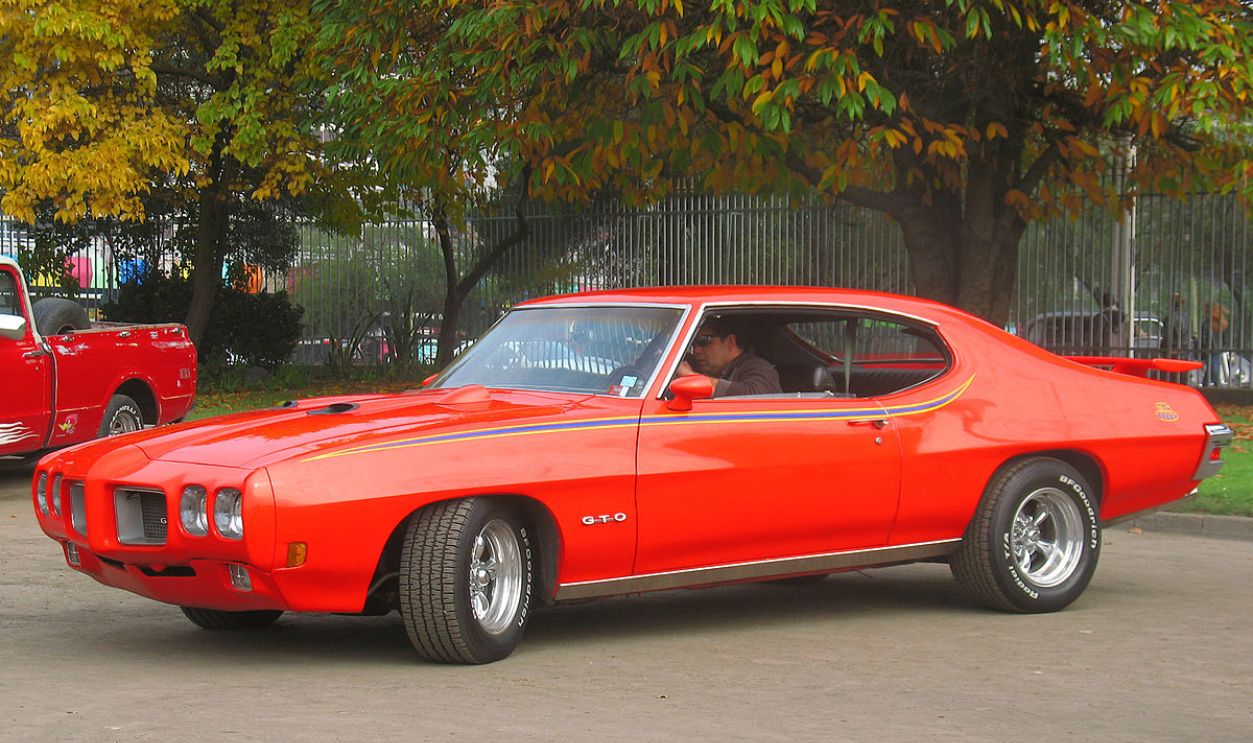 order_242 from Chile, CC BY-SA 2.0, Wikimedia Commons
order_242 from Chile, CC BY-SA 2.0, Wikimedia Commons









